Pain-free: Using the Golgi points to treat heel spur, coxarthrosis and tennis elbow
Sven Peters, Naturopath, Kempten, Germany
The current situation is serious, with around 21 million people in Germany suffering from acute or chronic pain. Despite considerable medical advances, the conventional treatment of back and joint pain has deteriorated rather than improved.
Pain is the number 1 reason for sickness absence.
The risk of suicide is high with between 2,000 and 3,000 chronic pain sufferers committing suicide in Germany each year.
Surgery is not the answer since symptoms recur in approximately 1/3 of cases.
These figures show that we naturopaths have to adopt a different approach from that taught in conventional medicine.
Professor Veihelmann, President of the German Association for Spinal Therapy (DGWT), made an interesting comment in this regard:
“In 90 % of cases, backache has no discernible physical cause.”
So what does this statement mean for us as therapists?
It means in effect that the “pain” trigger is not the response from the damaged tissue, rather a warning that damage may be imminent.
And something that Golgi pain therapists have been aware of and exploited for quite some time.
What are the Golgi points?
This is a network of nerves that regulate muscle tension. The points are located at the muscle attachment where the muscle, nerve cells and tendons all meet.
By applying a therapeutic stimulus here, we can rapidly alleviate the pain or even cause it to disappear completely.
Why is that?
When the affected area is manipulated, painful warning signals are transmitted to the CNS when the muscle is overstretched. The CNS registers this “stimulation” and immediately increases blood flow to the muscle. The hypertonic muscle reverts to its original relaxed condition. The surrounding bone tissue can now also regenerate because it is no longer hemmed in by compact, solid muscle fibres.
Following numerous applications using this treatment method, I asked myself whether it might be possible to apply this “pressure” more effectively, making it less painful for patients.
In practice, we have achieved impressive results with BICOM® resonance therapy in the treatment of heel spur, arthrosis of the hip (coxarthrosis) and tennis elbow – even in situations where previous BICOM® therapy had brought no improvement.
We have significantly improved or completely cured heel spurs after on average 3 – 4 treatments. This has also led us to treat more heel spur patients as we are always being recommended to others.
The treatment strategy is relatively straight forward.
In order to achieve a similar effect to the pressure on the Golgi points, I worked with two therapy programs and targeted them at these points.
Program 911 Nervous problems, calming, to transmit the stimulus to the CNS
Program 425 to reduce pain, similar toapplying point pressure Transmission time: one minute in each case
Where these two programs failed to achieve the desired outcome, I tested other treatment programs.
Heel spur:
390, 391, 600, 633, 3017, 3039, 133
Tennis elbow:
632, 310, 311, 430, 3040
Coxarthrosis:
620, 221, 532, 3051, 3052
Programs that tested positively were then applied in conventional manner to the affected area with the BICOM® device.
Input applicator on the joint,
PowerApplikator opposite the input or modulation mat on the back.
The Golgi points were then treated with program 425 for one minute each time.
Output cup:
St John’s Wort oil
The oil was given to the patient with instructions to rub it in daily.
Heel spur
Relevant starting points Sole of the foot / upper surface of the foot
Plantaris muscle
M. flexor digitorum (step 1)
M. abductor digiti minimi (step 2)
M. digitorum brevis (step 3)
Input: magnetic depth probe or Goldfinger Output: modulation mat on the back
Coxarthrosis
Relevant starting points
•M. piriformis
Input: depth probe on and around the femoral head
•M. tensor fasciae latae
Input: between the trochanter and iliac crest (pelvis)
Output: Modulation mat along the back
Tennis elbow
Relevant muscles: M. supinator
Input: magnetic depth probe
Take the patient’s hand and place the magnetic depth probe or Goldfinger below the elbow joint on the forearm.
M. flexor digitorum superficialis With the hand in supination, apply the magnetic depth probe to the forearm 1/3 of the way down from the elbow joint
Obviously, a good many other clinical pictures can also be treated using this technique. For acute conditions I recommend 2 – 3 treatments per week. One treatment per week is sufficient to treat chronic cases.
Image sources: Wikipedia
